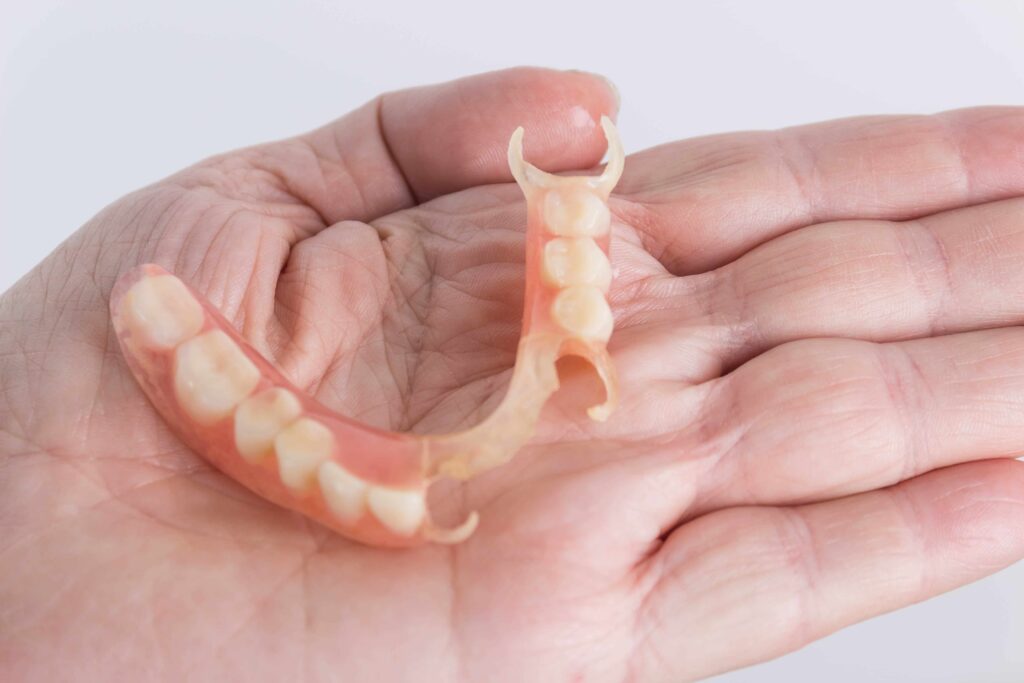
Understanding the Difference Between Full and Partial Dentures
Dentures are one of the options to replace the missing tooth. People never accept living without dental replacement for their lost tooth. Therefore, there are various options available for people to replace the missing area with dentures or implants. We have full and partial dentures, which are among the best options for dental treatments. Dentures have been used for many decades and are available in various types; thus, in this article, we will understand one of the significant types of dentures.
If you want to know the difference between complete and parietal dentures, you can stay with us in this article, or you can consult any of the expert dentists in South Denver to know the difference. Various dentists explain the full and partial dentures in South Denver, CO, and provide clarity to the patients.
What is Partial Denture?
A partial denture is a removable denture that is often recommended to people who have many healthy teeth but still have some missing teeth. So, it is recommended that they should not remove their natural teeth and use partial dentures to replace the missing tooth. Some people confuse partials with bridges, but there is a significant difference between the two. The partial dentures are removable, while fixed bridges are held permanently by the crowns.
What is a Full Denture?
Complete dentures are recommended for people who have lost most of their natural teeth. Traditional complete dentures are fitted in lower or upper teeth. In between, if there are any natural teeth, that tooth is extracted to provide the finished denture. So, this is the process of complete denture, and it is only recommended when there is loss of most of the natural teeth.
How Does the Denture Procedure Work?
Dentures have a gum-looking base made of plastic resin, which is fitted on the remaining ridge that supports the teeth. There is a prosthetic tooth attached to this base, which is customized to look and function like a natural tooth. Dentures stay in position mainly due to suction created by the close fit over the alveolar ridges. It is fitted in the upper jaw to provide extra support to the large surface areas of the denture.
It would take some time for the patients to get used to eating, chewing, and speaking habits with the dentures as the device also takes time to settle in the mouth and function like a natural tooth.
